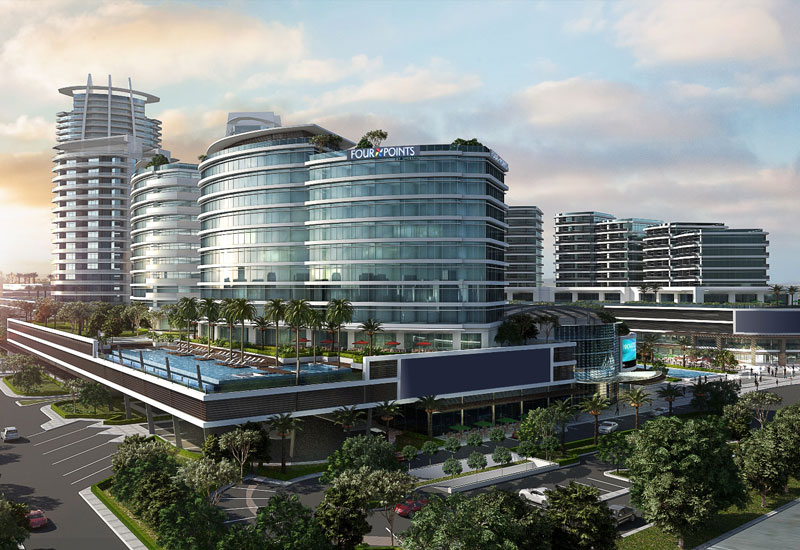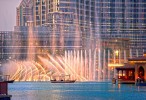According to Mattar, this year, RAK has seen a 15% growth in occupancy year on year (up to 75.5%), and 7.55% growth in visitor numbers year-on-year, in contrast to 6% growth in 2015, versus 2014. “Our growth numbers, according to the FDR, are the highest in the GCC. We seem to be the only, and fastest growing emirate in terms of tourism,” he said.
“Ras Al Khaimah is an important growth market for Starwood,” confirmed Starwood Hotels & Resorts senior vice president acquisitions and development Africa and Middle East Neil George. Four Points by Sheraton Ras Al Khaimah, which opens in Q1 2019, marks Starwood’s debut in the emirate. “Not only is Ras Al Khaimah a popular destination for UAE and GCC residents, it also continues to attract international travellers. Bringing our first property into the emirate is in line with the strong demand for affordable yet modern accommodation in the UAE and also underlines RAK’s plan to enhance the destination and diversify its hotel portfolio,” George added.
Tamim added: “We have noticed an increase in demand from our key European feeder markets for UAE holidays which combine a beach holiday in RAK along with a city shopping break in Dubai.”
Just as Tamim expects Mövenpick’s existing Dubai properties to cross-pollinate the new RAK hotel, the perception of Hotelier’s readers is that RAK’s current tourism growth is linked to Dubai’s visitor targets and growth. 50% of readers who voted in our recent poll attributed RAK’s increased pipeline to a “knock-on effect of Dubai’s tourism plans ahead of Expo 2020”.
Mattar dismissed this somewhat, and was keen to emphasise RAK’s “own identity and differentiators”. Nevertheless, Mattar conceded that a “UAE umbrella” approach to tourism has benefitted the country as whole. “You get a growing trend in some markets, like Germany, India, UK, and China, who visit Dubai, Abu Dhabi and Ras Al Khaimah in one trip,” said Mattar. He added that RAK TDA works closely with other emirates, giving the example of a recent roadshow in Eastern Europe, which saw tourism boards from Dubai, Abu Dhabi, Sharjah and Ras Al Khaimah collaborate to promote tourism to the UAE.
Dubai’s role in supporting RAK also comes from RAK’s ties with Dubai’s key airlines.
“Fly Dubai and Emirates Airlines continue to be our strongest supporters. Over 90% of our visitors today come through Dubai Airport. Dubai Airport being such a hub and strong tourism brand has helped us leverage on the back of that, and continue to grow our visitor numbers,” Mattar said.
Nevertheless, RAK is also working on increasing its own incoming traffic to Ras Al Khaimah Airport, through new agreements signed with Qatar Airways, Air India Express and Air Arabia.
“Our strategy is about diversity,” concluded Mattar. “Diversify our product, which we have started to work on by bringing new brands to the destination, and also diversify our customer by diversifying our key partners.”

| Advertisement |
Ras Al Khaimah’s top source markets and percentage increase in visitors in 2016
1. Germany (93% increase year-on-year)
2. UK (30% increase year-on-year)
3. Russia (flat)
4. India (22% increase year-on-year)
NEW SOURCE MARKETS
5. Kazakhstan (270% increase year-on-year)
6. Czech Republic (60% increase year-on-year)
7. Finland (70% increase year-on-year)









 Search our database of more than 2,700 industry companies
Search our database of more than 2,700 industry companies









